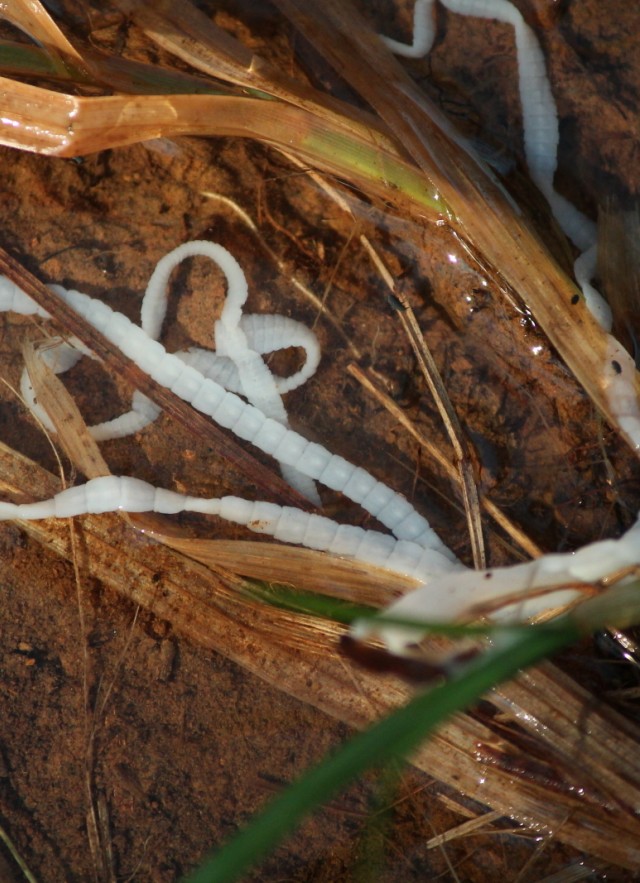
Despite playing key roles in ecosystems, it's believed that a mere 10% of parasites have been documented, and time may be running out to capture the breadth of their ecological work. Assistant Curator of Terrestrial Mammalogy Kayce Bell and her international colleagues have developed a plan to document these creatures before it's too late, and it runs directly through natural history museums.

The name “parasite” carries a negative connotation for some people, but Kayce Bell sees it differently. “I just want people to have an appreciation that they are a part of nature. We need to conserve them so we can understand what role they're playing in ecosystems,” says Bell. One of the major roles parasites play is population control, like charismatic apex predators such as killer whales or sharks; the big difference is, we almost never see what parasites are doing, making it even harder to judge the knock on effects of their extinction. Parasites are defined by connectivity across species, and severing that connection will have unforeseen consequences.
Parasites are just as threatened by climate change and habitat destruction as other animals, but losing a host species could mean losing an unknown number of parasite species, and in turn missing our chance to better understand our natural world. “There's a lot of parasites that we just don't even know exist, never mind the fact that we don't know what they're doing in ecosystems. And the concern is that they could go extinct before we even know they exist, given climate change and what's happening to a lot of other species, there's a lot of potential for parasite species to be lost before we even know anything about them.” Whole worlds of interactions could be lost to time and human understanding. Because they often go through the entirety of their life cycles within host animals, the presence of parasites in museum collections can speak to the larger ecosystem changing through time.
Natural history museums have an important role in achieving the goals of the conservation plan. Examining existing collections for parasites will help expand our understanding of these critical organisms’ presence through history, while innovative DNA analysis and record digitization will help identify new species, painting the clearest picture yet of what parasites are doing in the ecosystem. It’s another way that the window into the past offered through NHM’s collections is helping to light the way to a future of more thoughtful conservation.
Learn more about the plan to protect parasites in this press release or read in Biological Conservation’s special issue: “Parasite Conservation in a Changing World.”